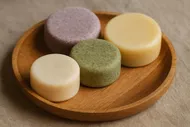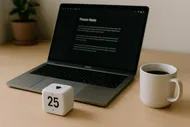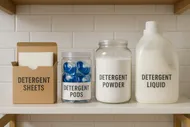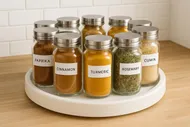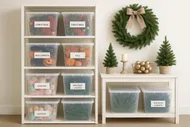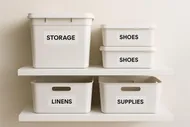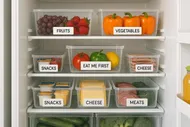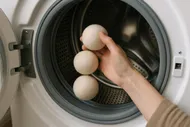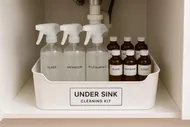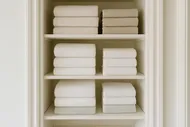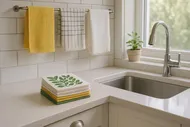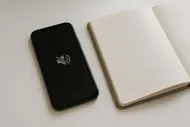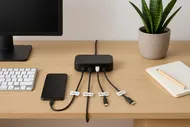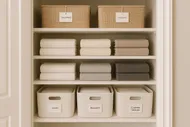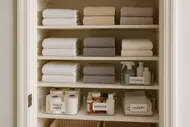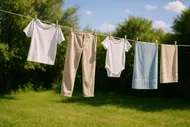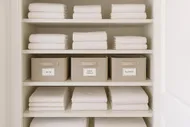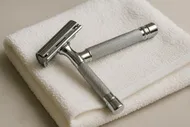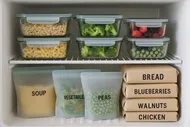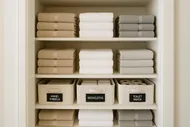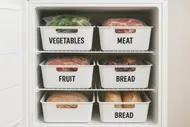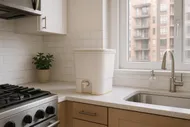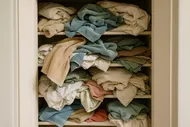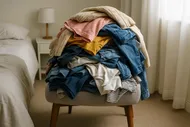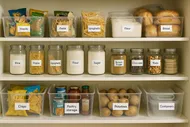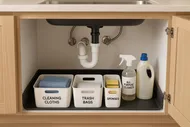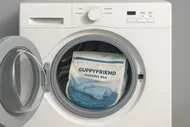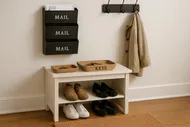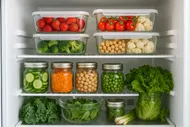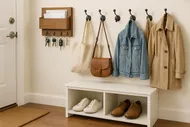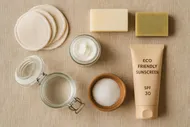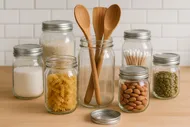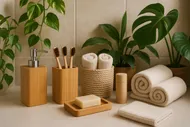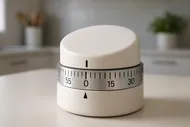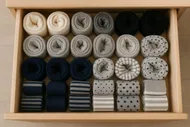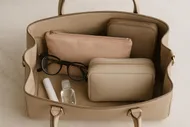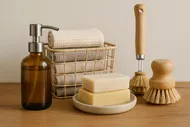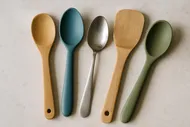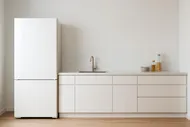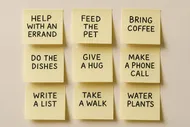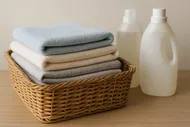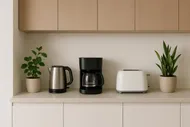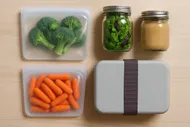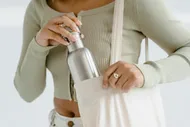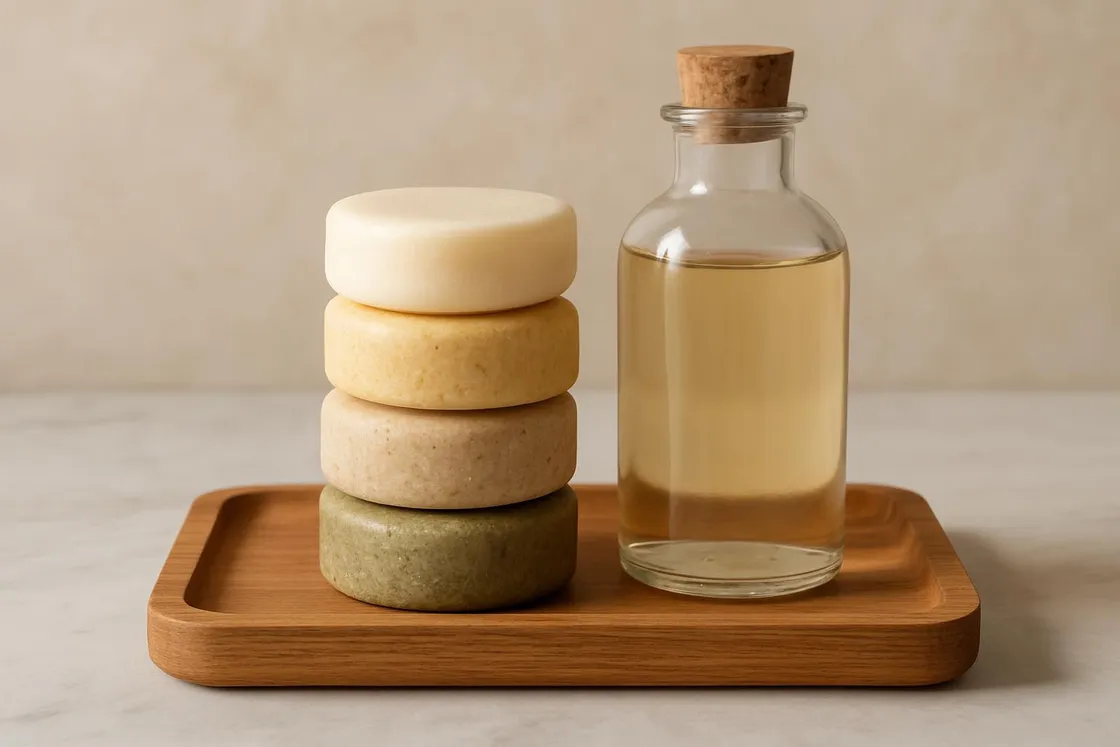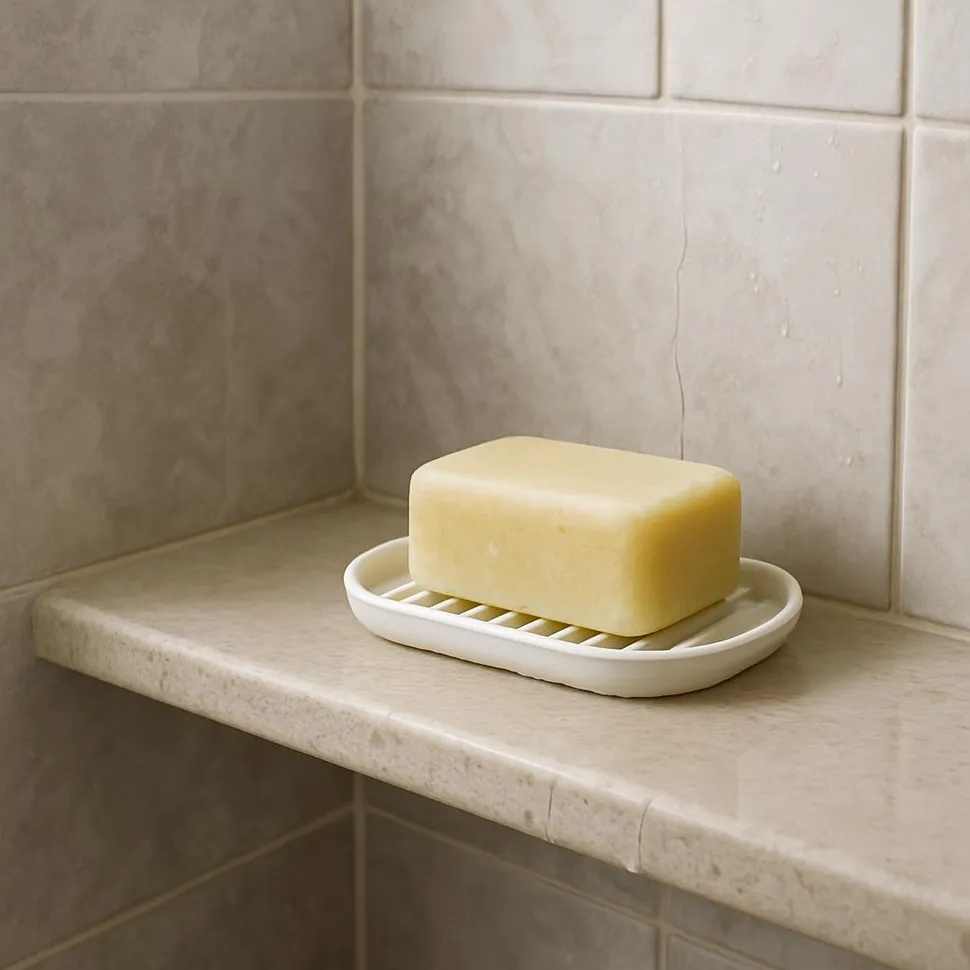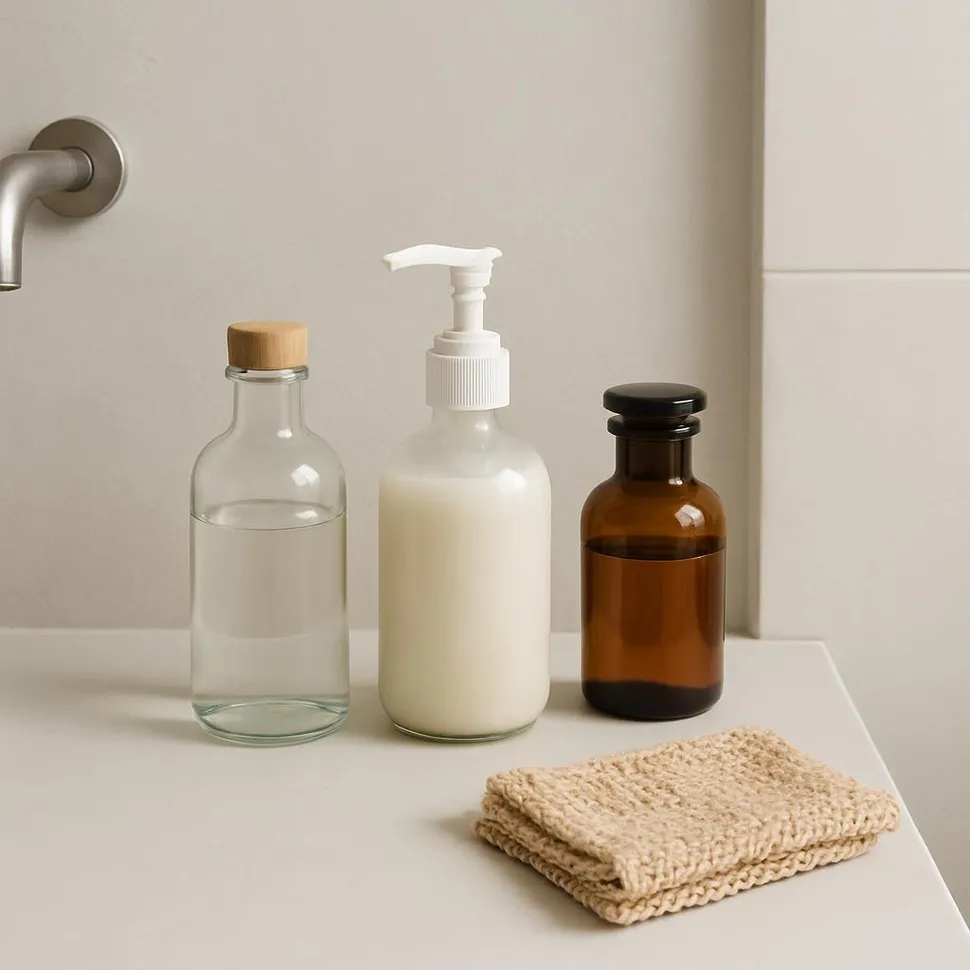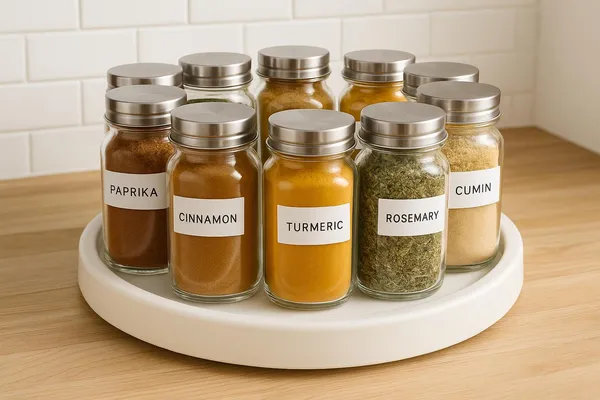Shampoo bottles take up half our shower shelves, travel poorly, and secretly carry a lot of water across the world. Shampoo bars, on the other hand, are like tiny superheroes: concentrated, plastic-free, and surprisingly luxurious when you learn a few simple tricks. I spent three weeks testing bars vs. bottled shampoos across different hair types and water conditions, and spoiler: there is a very good chance a bar can give you clean, happy hair while skipping a lot of plastic.
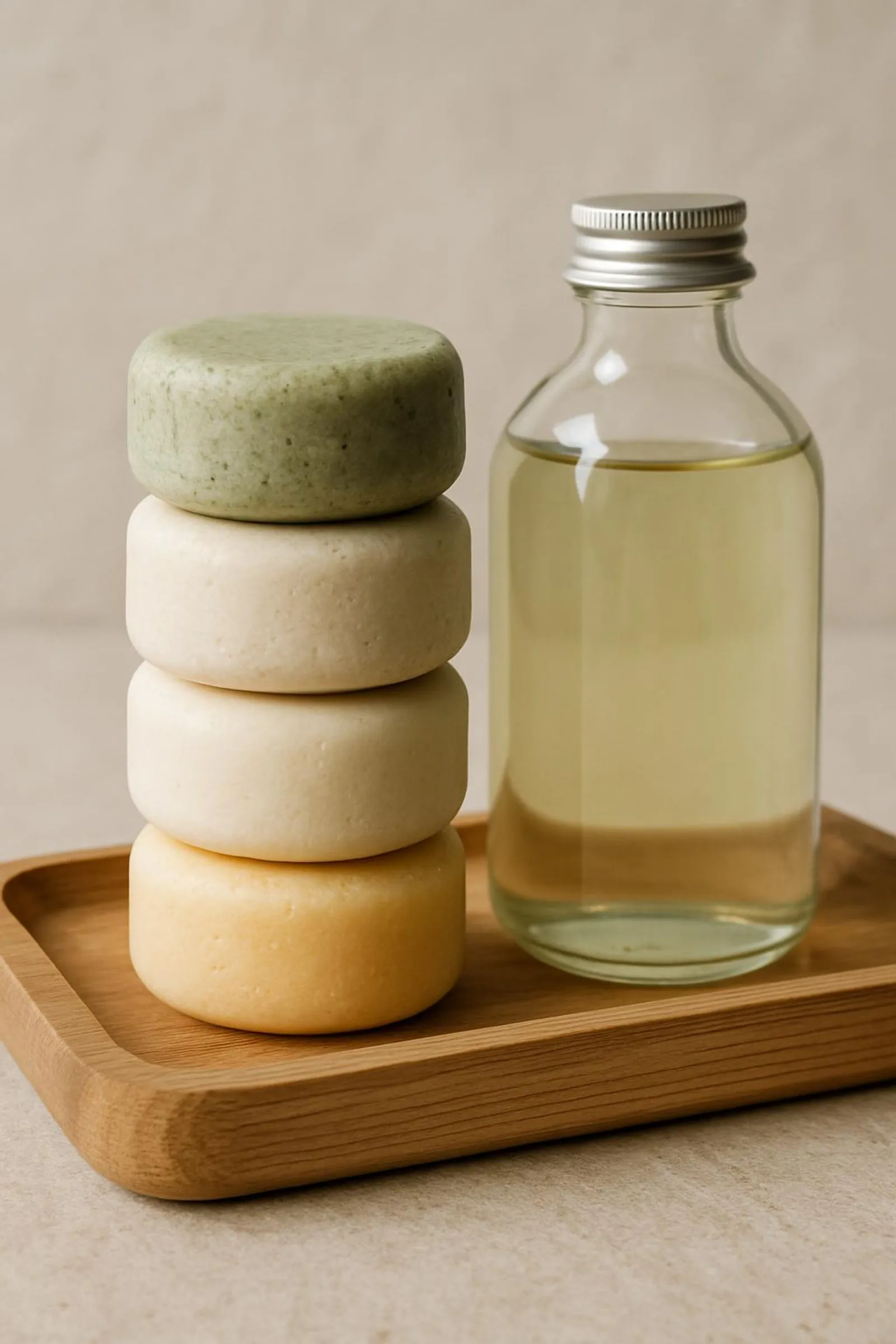
Why even consider a shampoo bar?
- Plastic you skip: One 3–3.5 oz shampoo bar can replace 2–3 bottles (12 oz each), depending on hair length and frequency of washing. That is a lot of plastic not entering your home.
- Travel magic: Bars are TSA-friendly, leak-proof, and lighter in your bag.
- Water-wise: Bottled shampoos can be up to 80% water. Bars are concentrated, so you add the water in the shower, not in the supply chain.
- Shelf calm: Minimal packaging keeps your shower less cluttered, especially if you are already greening your routine with swaps from Sustainable Bathroom Swaps: Green Up Your Self-Care Routine and Eco-Friendly Bathroom Upgrades for a Sustainable Spa-Style Shower.
💧Hard water? Don't panic.
Hard water can make any shampoo (bar or bottle) feel less effective by reacting with surfactants and leaving mineral deposits. If your water is mineral-rich, try a quick citric-acid or diluted vinegar rinse once a week and store bars extra dry between uses. Details below. What is a shampoo bar, really?
There are two broad categories of shampoo bars you will see:
- Syndet bars (short for synthetic detergent): These use gentle surfactants like Sodium Cocoyl Isethionate (SCI) or Sodium Coco Sulfate (SCS). They lather beautifully at a hair-friendly pH (usually 4.5–6), rinse clean, and are typically the best pick for most hair types.
- Saponified soap bars: Traditional soap made from oils and lye. They tend to be higher pH (alkaline), which can roughen the hair cuticle, especially for color-treated or curly hair. They can still work with an acidic rinse, but syndet bars are usually easier and more forgiving.
If you have fine hair, oily scalp, or color-treated strands, look for syndet bars with SCI, betaine surfactants (like Cocamidopropyl Betaine), or mild blends. Curly and coily hair often prefer bars with added butters (shea, cacao) and lightweight conditioning agents for slip.
My 3-week lather and scalp test
I ran a simple at-home test using:
- Two syndet shampoo bars (SCI-based and SCS-based) and one saponified bar
- Two bottled shampoos (one sulfate-free, one with SLES)
- Tap water with moderate hardness at home, and a second round in a friend’s hard-water apartment
- A basic scale to weigh bars before/after, and a wash-day log to track lather, feel, and time-to-dry
Hair profiles that helped:
- Fine-straight, shoulder-length, washes every 2–3 days
- Wavy-thick, armpit-length, washes 2x/week
- Curly 3A/3B, collarbone length, washes 1–2x/week
What I noticed most
- Lather: The SCI bar produced creamy, dense lather quickly even with hard water. The SCS bar lathered big and fast but felt slightly squeakier on fine hair. Bottled shampoos lathered predictably across waters; the sulfate-free bottle needed more product in hard water.
- Scalp feel: All testers reported the SCI bar felt most balanced after rinsing, even on day two. The saponified soap bar needed an acidic rinse to feel equally smooth.
- Residue and buildup: Where hair products with silicones were heavy in the routine, the shampoo bars sometimes needed a pre-wash clarifying step or a second quick cleanse on the scalp area.
- Transition period: Two testers experienced a 1–2 wash adjustment with bars, primarily due to technique (using too much product at first). Once we switched to the “wet bar, fewer swipes” approach, ends felt softer.
Don't chase bubbles; chase technique. Less swiping, more massaging, and let the water do half the work.
Chloe's shower notes
Cost-per-wash math (with simple numbers)
Let us compare typical mid-range options:
- Typical bar: 3.0–3.5 oz bar at $10–$14. Average longevity 60–80 washes for shoulder-length hair. That is roughly $0.13–$0.23 per wash.
- Typical bottle: 12 oz at $8–$14. If you use ~0.3–0.5 oz per wash (1–2 tsp), that is 24–40 washes per bottle, or about $0.20–$0.58 per wash.
Real life wiggle factors: hard water, hair length, and technique. Bars stretch further when you swipe 3–5 times and lather in hands/roots rather than scrub-scrub-scrub directly on the scalp. Bottles stretch further when you dilute a pea-sized amount with a palmful of water before applying.
💸The best budget win
SCI-based bars with minimal packaging tend to be the cheapest per wash over a few months. Bonus: fewer emergency drugstore runs because bars are easy to stock in a small drawer. If you love nerdy math and under-sink makeovers, your inner organizer will also adore From Clunky to Sleek: A Low-Waste Guide to Refillable Cleaning Concentrates for similar cost-per-ounce thinking.
Storage really matters (aka: keep the bar dry)
Bars last longest when they dry fully between uses. Aim for:
- A draining dish or soap saver with raised ridges or mesh
- A dry spot out of direct spray
- For shared showers, consider cutting the bar in half and rotating pieces to dry thoroughly
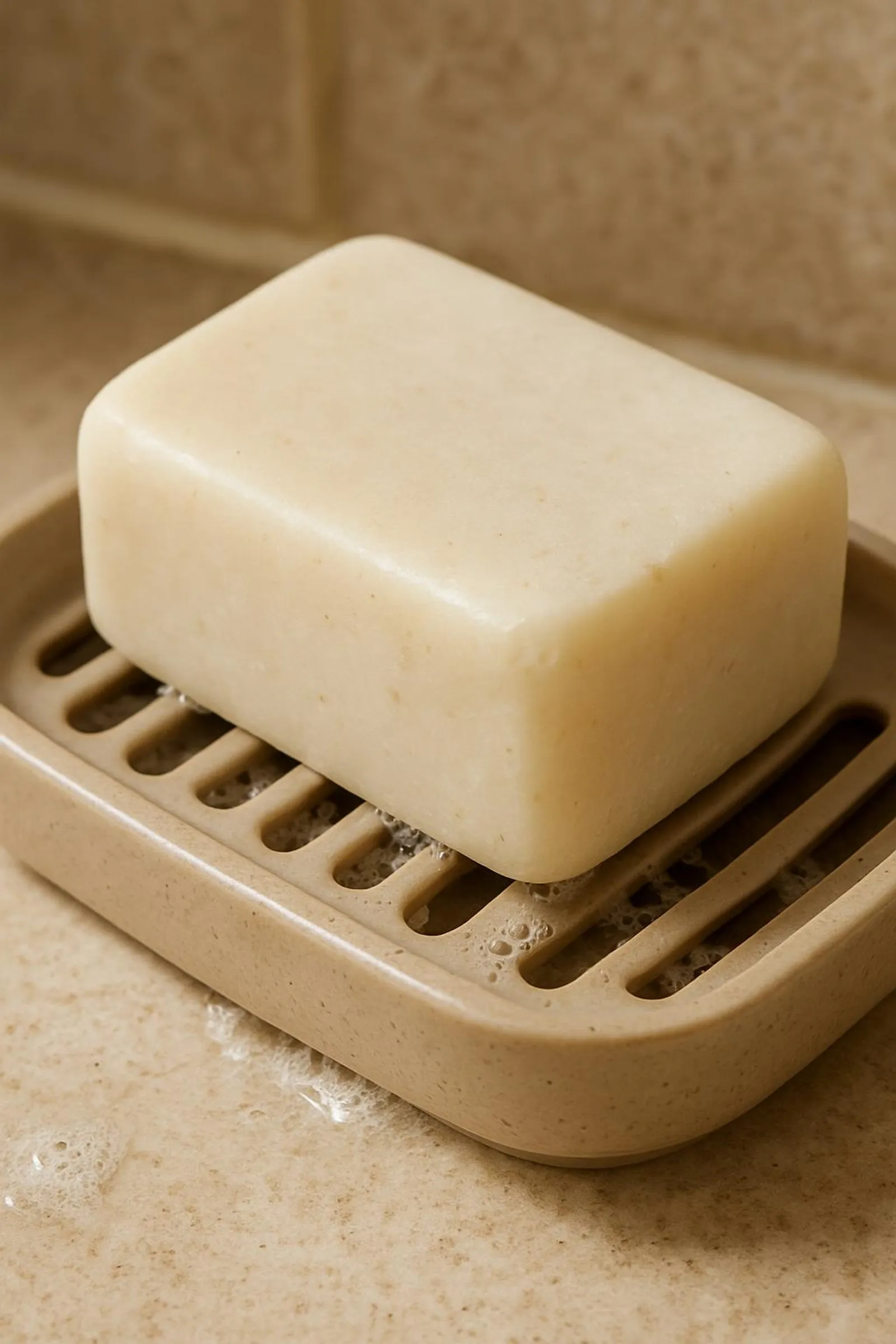
If you are refreshing your whole bathroom setup, peek at Eco-Friendly Bathroom Upgrades for a Sustainable Spa-Style Shower. Small uplift, big longevity gains for your bars.
Hard water hacks (that take 60 seconds)
Minerals can make hair feel coated. A light acidic rinse resets the shine:
- Citric acid rinse: Mix 1/4 tsp citric acid in 8 oz water. Pour over hair after shampooing, let it hang out for 20–30 seconds, then rinse well.
- Apple cider vinegar rinse: 1–2 tbsp ACV in 8–10 oz water. Same flow: apply, wait, rinse. The scent disappears when hair dries.
Use once a week, or every 2–3 washes in very hard water. If hair feels too squeaky after a bar, try this before you blame the bar.
🎨Color-treated hair tip
Choose pH-balanced syndet bars labeled as color-safe. Avoid high-alkaline soap bars unless you are committed to an acidic rinse every wash and your colorist gives the thumbs-up. The right bar for your hair type
- Fine or easily weighed-down: Look for SCI-first bars with lightweight conditioning agents (panthenol, hydrolyzed proteins). Avoid heavy butters high on the list.
- Oily scalp: Try bars with gentle clarifiers (green clay or charcoal in small amounts) and scalp-friendly betaines. Focus the lather at the scalp; use minimal product on lengths.
- Thick or wavy: A bar with a bit of cocoa or shea butter and polyquats (e.g., Polyquaternium-7) can add slip without grease.
- Curly/coily: Seek bars that specifically mention curl care and include rich emollients plus humectants (glycerin, aloe). Detangle in-shower with lots of water and follow with a conditioner bar.
- Sensitive scalp: Fragrance-free or essential-oil-free bars are your friend. Patch test. Keep a soothing, minimal-ingredient option on hand.
If you are building a whole low-waste routine, teammate swaps like Switch to a Safety Razor for a Cleaner, Greener Shave pair nicely in the same drawer, along with cloths from Paper Towel Detox: Reusable Alternatives That Actually Work.
Technique: how to use a shampoo bar for best results
- Soak hair fully. Really wet—water is the secret co-star.
- Wet the bar. Rub it between your palms to start a light lather.
- Swipe 3–5 times at the scalp only (crown, sides, nape). Less is more.
- Put the bar down on its drying dish.
- Use your fingertips to massage the scalp. Add small splashes of water as you work—this blooms the lather.
- Pull lather down the lengths briefly, then rinse thoroughly.
- Optional: follow with a conditioner bar or a light acidic rinse if needed.
If hair still feels coated, clarify once with a teaspoon of baking soda mixed into your shampoo lather, then return to your bar routine. Do not do this often; it is a reset, not a staple.
Conditioner bars: the perfect plus-one
Conditioner bars have come a long way. Look for:
- Emollients like cetyl alcohol, stearyl alcohol (fatty alcohols that condition, not the drying kind)
- Butters and esters (broccoli seed oil, behentrimonium methosulfate) for slip
- To use: glide the bar down wet lengths, comb with fingers, let it sit 1–2 minutes, then rinse to your preferred level
Pro tip: If you are new to conditioner bars, leave a little extra in the ends, like a light leave-in.
Dry time and volume
In my test, the syndet bars matched or beat bottled sulfate-free shampoos for volume on fine hair and left curls springy with less frizz—especially when we used cooler final rinses and lots of water during lathering. Hard water sometimes reduced volume day two, but the citric-acid rinse reset it.
💨Blowout lovers
If you heat-style, try a bar routine for a week before a big event, then finalize your best combo. Bars can change how your roots hold volume—in a good way once you dial in product amount. Travel, gym, and guest-bath wins
- No liquids, no leaks, no TSA drama. Bars belong in every carry-on—see packing strategies in Smart and Eco-Friendly Travel Packing Tips.
- Tiny tin, huge payoff: A travel tin with drain slots or a folded loofah slice under the bar keeps it dry on the go.
- Guest-ready: Hosting? A labeled bar plus a small brush/comb station makes your bathroom feel like a boutique hotel.
A gentle 7-day starter plan
- Day 1: Use the bar with the 3–5 swipe method, scalp-only. Rinse really well.
- Day 2–3: Try a conditioner bar just on ends. Air-dry if you can to feel the true finish.
- Day 4: If hair feels heavy, do a quick citric-acid rinse. If dry, reduce swipes next wash.
- Day 5–7: Stick with it. Note how much product you actually need (spoiler: less than you think). If you use a lot of styling products with silicones, clarify once, then go back to the bar.
Write down how hair feels on day 2. That is the real test.
Common myths, debunked
- Myth: Bars are just soap and will wreck your hair. Reality: Many modern bars are pH-balanced syndet formulas that behave like high-end liquid shampoos without the plastic.
- Myth: Bars don’t work in hard water. Reality: Technique plus an occasional acidic rinse work wonders. Some bars even include chelators to help.
- Myth: Bars are gross in the shower. Reality: A draining dish or wall-mounted holder keeps them tidy and dry.
🌼Sensitive scalp and fragrance note
Essential oils are natural, but not always gentle. If your scalp is reactive, choose fragrance-free or ultra-low-fragrance bars and patch test behind the ear before full use. What to look for on the label
- Gentle surfactants high on the list: Sodium Cocoyl Isethionate (SCI), Disodium/Sodium Laureth Sulfosuccinate, Cocamidopropyl Betaine
- pH mention: 4.5–6 is hair-friendly
- Additives you might like: Panthenol for softness, hydrolyzed proteins for strength, lightweight oils near the middle or end of the list
- Minimal packaging: Paper wrap or a recyclable box
If your sustainability streak is on a roll, treat yourself to a bathroom glow-up tour with Sustainable Bathroom Swaps: Green Up Your Self-Care Routine.
Tiny care and cleaning routine (so your bar lasts)
- After each use: Rinse the bar quickly to remove any hair or residue, then set on a draining dish.
- Weekly: Lift the bar, wipe the dish, and keep airflow going.
- Sharing: If multiple people share one bar, consider slicing it into labeled pieces to avoid overuse and help bars dry faster.
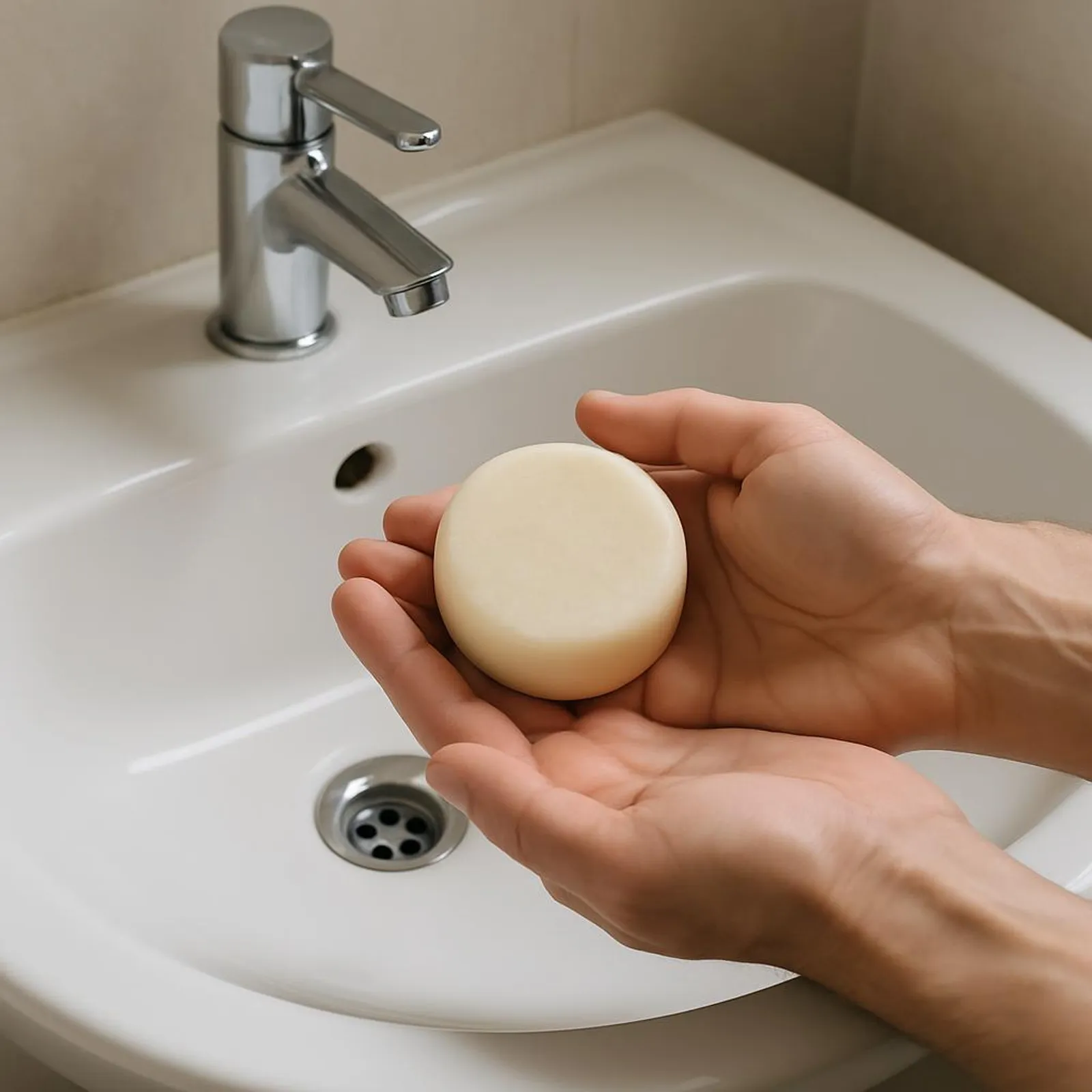
Eco impact snapshot
- One bar replacing 2 bottles, used by one household 6 times a year, prevents roughly 12 plastic bottles annually. Scale that up across a neighborhood and suddenly you have a pretty mighty ripple.
- Lower transport emissions: Concentrates weigh less, so they ship with a smaller footprint.
🌿Mini challenge
This week, replace one bottle with one bar. Track how many washes you get and your cost-per-wash. Share your swap and your best drying setup. Tag us so we can cheer you on! Want more low-waste wins that feel cozy and doable? Check out Eco-Friendly Bathroom Upgrades for a Sustainable Spa-Style Shower and Sustainable Bathroom Swaps: Green Up Your Self-Care Routine. If you are expanding your sustainable style to the rest of your routine, Switch to a Safety Razor for a Cleaner, Greener Shave is a great next step.
Let us make our showers feel like tiny eco-retreats—one little bar at a time. When you try your first bar, snap a pic of your setup or those glorious suds and tag us for a feature.




